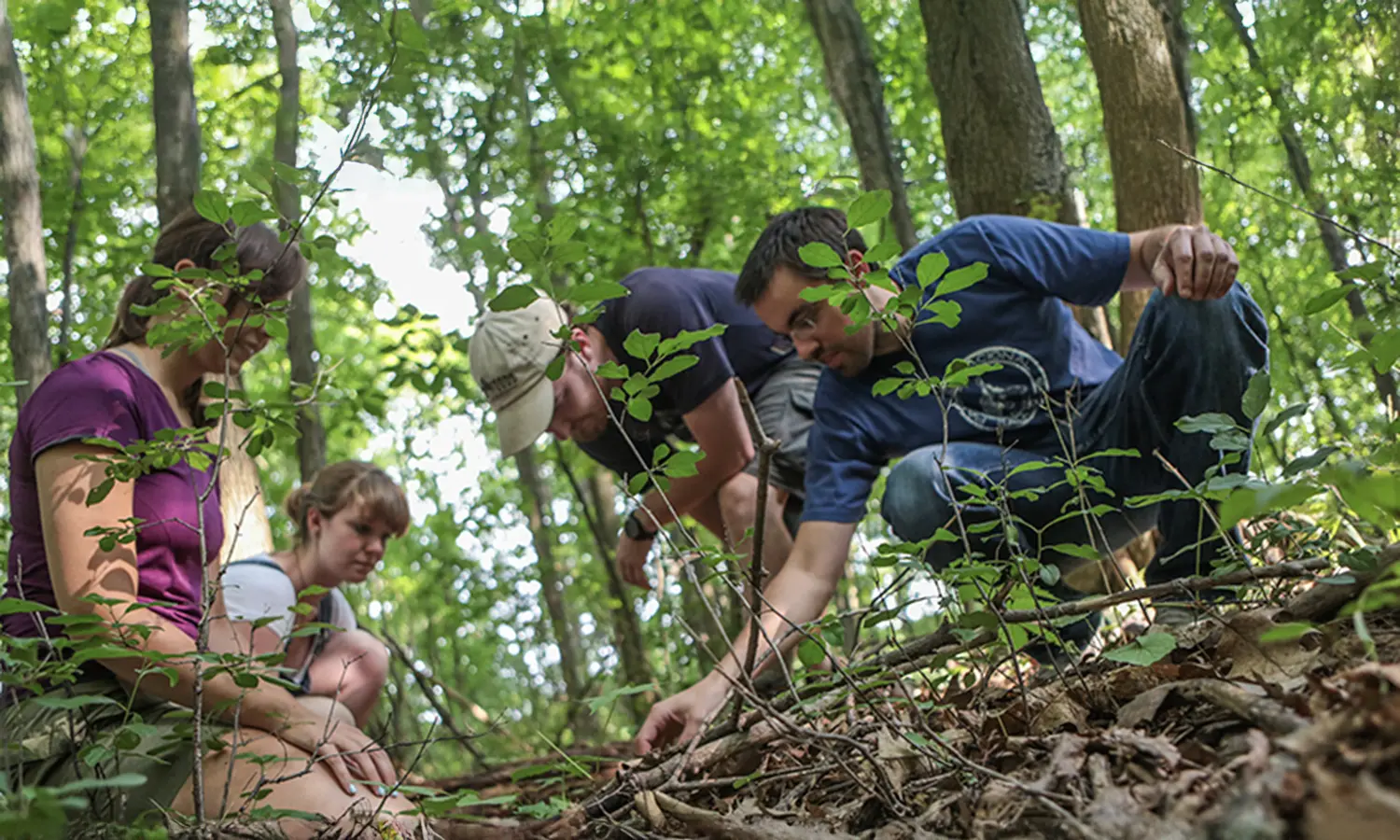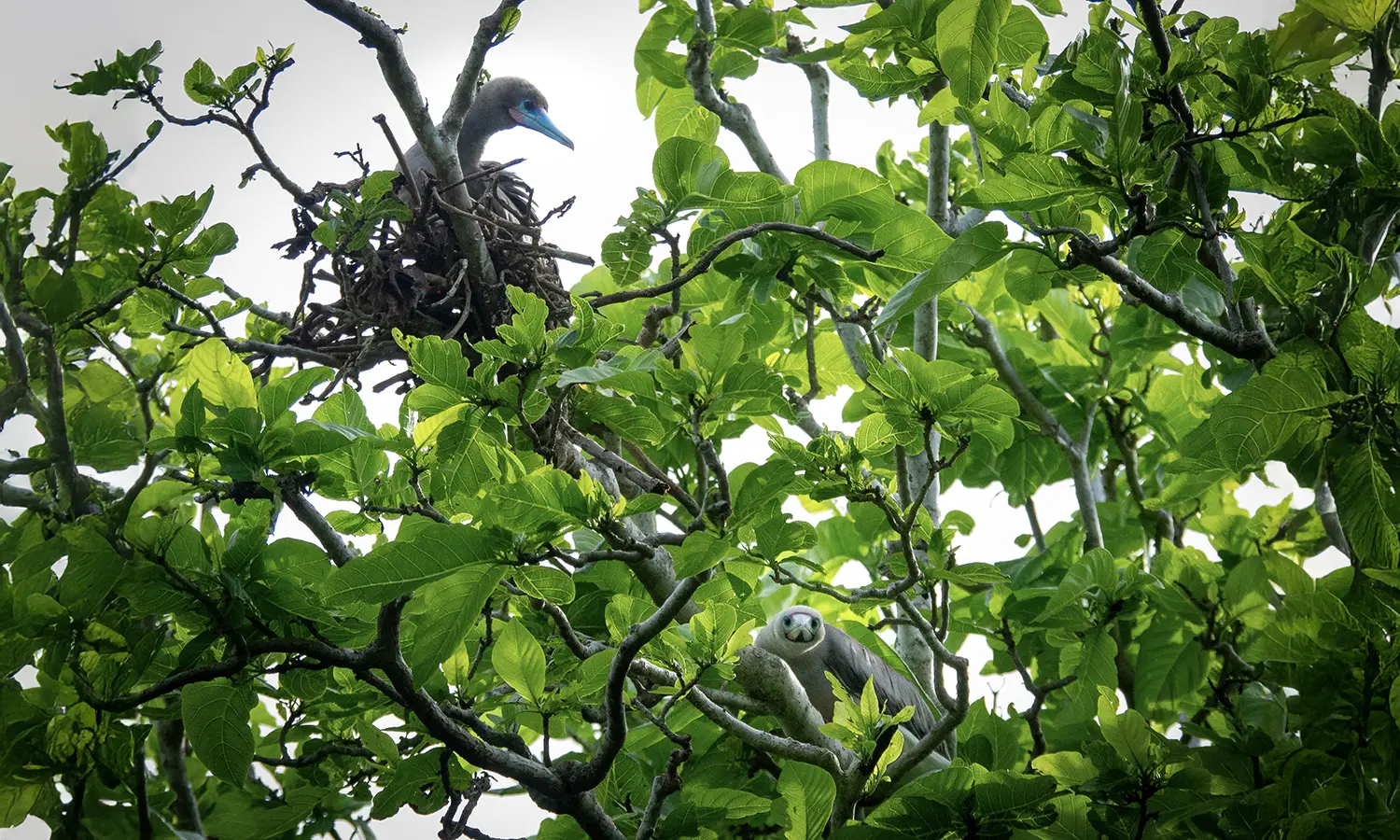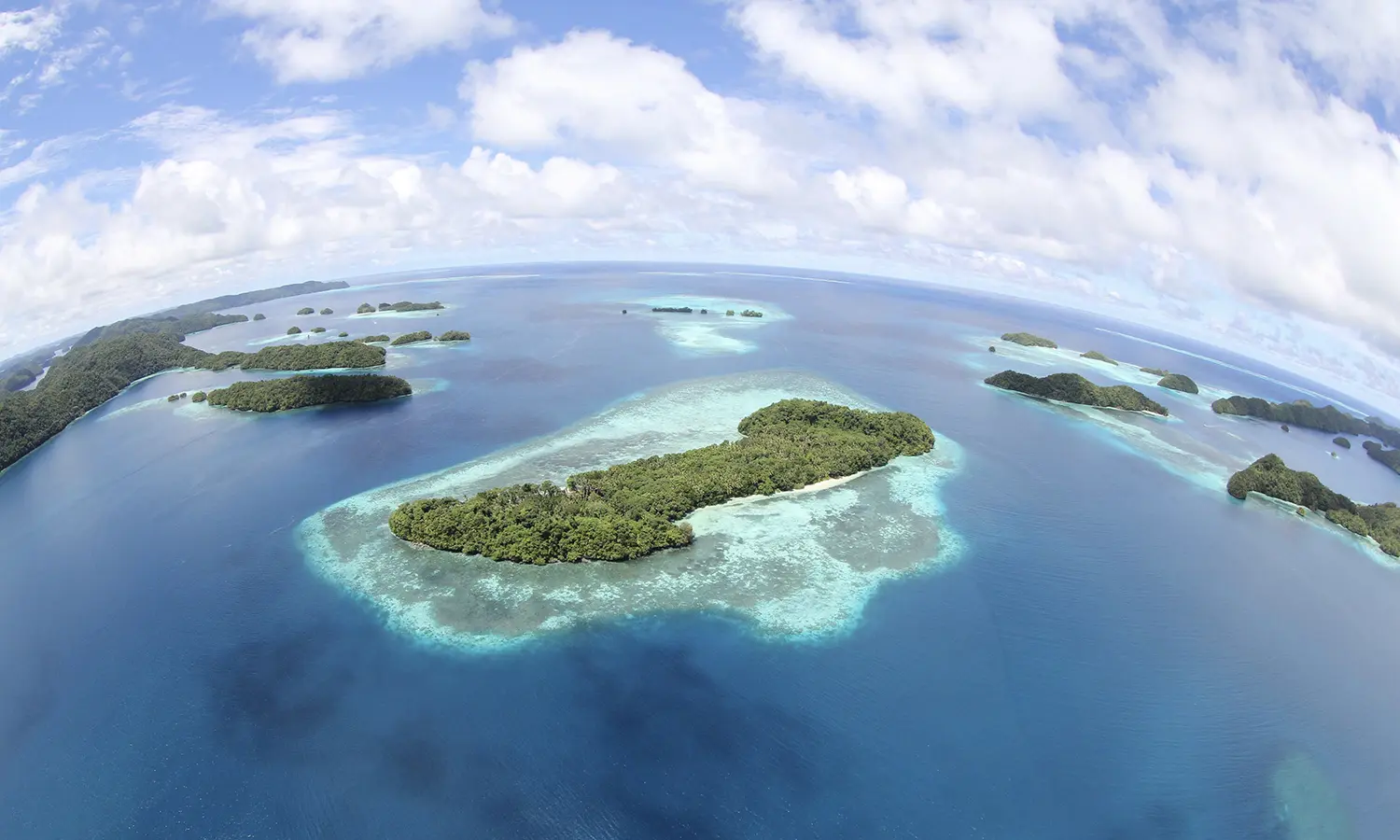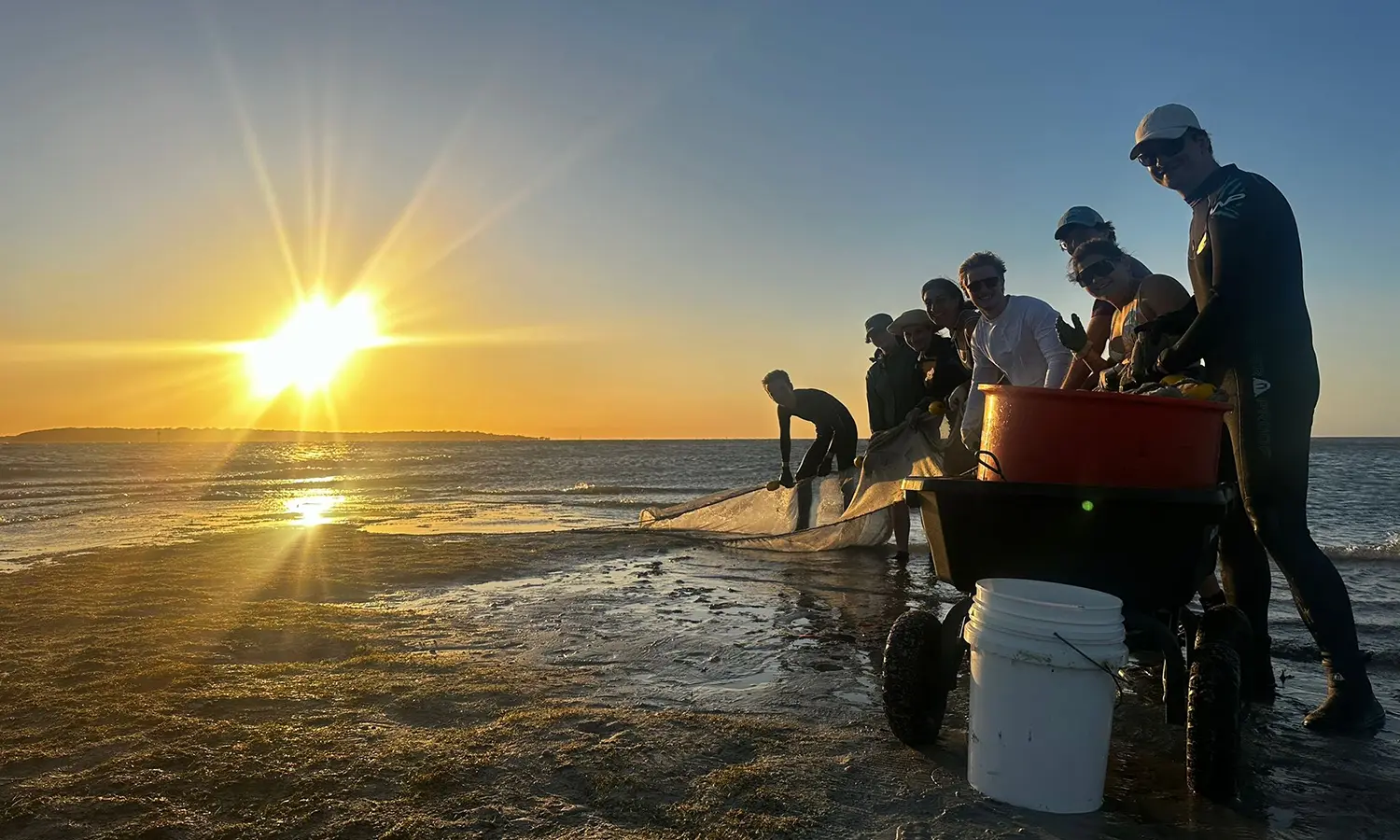
HWS News
16 October 2024 • Faculty • Research Invasive Species, AI and Climate Solutions
A new study coauthored by Professor of Biology Brad Cosentino highlights how the eradication of invasive species supports biodiversity and carbon sequestration in island ecosystems.
This month, Professor of Biology Brad Cosentino collaborated with an international research team to publish a study in Environmental Research Letters detailing the importance of eradicating invasive species to preserve biodiversity and combat climate change by restoring unique carbon stocks.

“Islands are incredibly unique ecosystems, but they face serious threats from invasive mammals like rats, pigs, and goats. This study is an important advance in understanding how the removal of invasive mammals can enhance island biodiversity and climate resilience at a global scale,” says Cosentino, an expert in conservation biology and wildlife ecology and evolution.
The study, titled “Toward the quantification of the climate co-benefits of invasive mammal eradication on islands: A scalable framework for restoration monitoring,” cites a striking example from Palmyra Atoll, where the removal of invasive mammals led to a 5,000 percent increase in native Pisonia forest growth in just four years. While invasive mammal eradication has been recognized primarily for its biodiversity benefits, this research emphasizes its climate resilience advantages, which have been largely overlooked.
To quantify these benefits globally, the researchers developed a framework for long-term monitoring of tree cover, forest extent, carbon, and vegetation productivity across 1,078 islands in 17 ecoregions. The analysis relied on 36 years of satellite data as well as high-resolution estimates of tree cover produced by advanced AI and cloud computing to fill gaps in existing satellite data.

The findings reveal significant positive trends in ecological metrics following eradication efforts. Collectively, these islands support more than 940,000 hectares of forest and 53 million metric tons of forest carbon, underscoring the potential for local restoration efforts to act as natural climate solutions.
The research team will expand the monitoring framework as part of a four-year grant from NASA awarded earlier this year. Cosentino’s group will develop spatial models to identify factors that constrain the effects of eradication on forest cover and linked impacts on wildlife. “The ultimate goal is to develop a decision support tool that our global nonprofit and government agency partners can use to make informed decisions about where to remove invasive mammals to maximize benefits for both biodiversity and people on islands,” Cosentino says.
This research not only sets a foundation for future monitoring but also opens pathways for integrating island restoration into climate policy. The collaborative effort highlights the importance of data-driven approaches in advancing conservation and unlocking financial support for global restoration initiatives.
Cosentino, who earned the 2024 Faculty Prize for Research, has published more than three dozen articles in peer-reviewed journals, including Biological Conservation, Molecular Ecology and Animal Behavior. Exploring the ecological and evolutionary responses of wildlife to environmental change, he has a particular interest in understanding how human land use affects population dynamics and trait evolution. Cosentino is the recipient of grants from the National Science Foundation, NASA, the U.S. Fish and Wildlife Service and the U.S. Department of Agriculture. His recent projects, often supported by student researchers, have focused on the effects of urbanization on the evolution of coat color in gray squirrels; the legacy effects of agriculture on wildlife in forest ecosystems; biodiversity responses to grassland restoration in the Chihuahuan Desert; and ecosystem impacts of invasive mammal eradications on islands. Cosentino holds a Ph.D. from the University of Illinois and a B.A. from Augustana College. A member of the faculty since 2012, he serves as chair of the Environmental Science Program.



